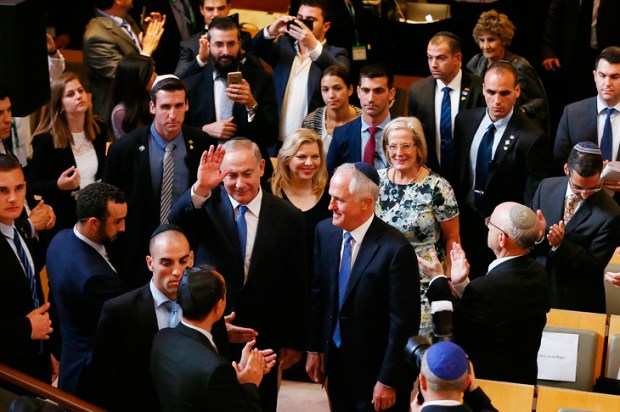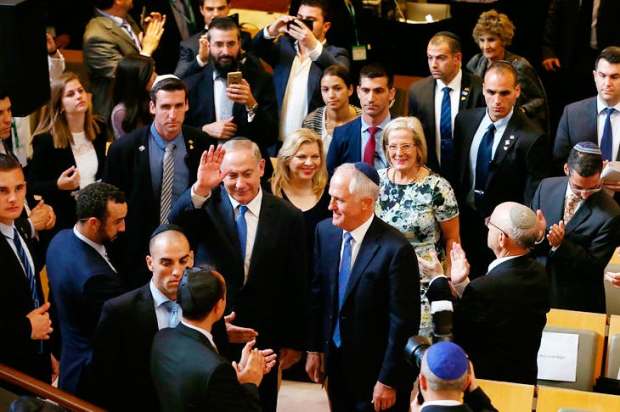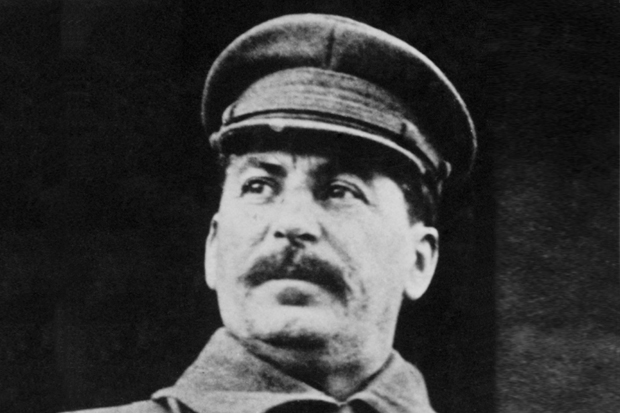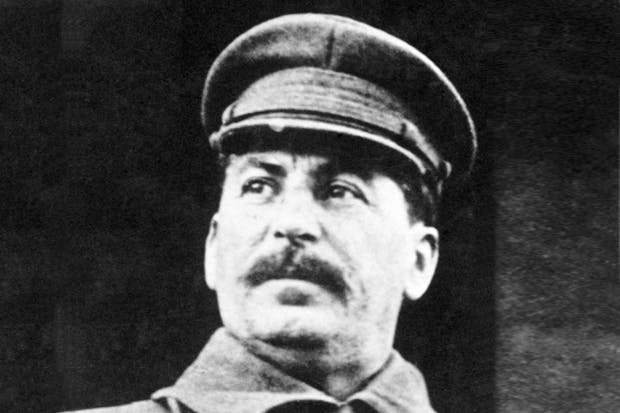The cheers of 180 celebrants (at $290 a head) echoed across the moonlit harbour from Pinchgut Island to the Opera House and beyond. It was Tony Abbott’s first public appearance in Sydney since returning from the East Asia Summit in Brunei. He was the guest speaker at the celebration on Fort Denison of the 500th issue of Quadrant — the magazine that was born about the same time as Abbott himself. The Prime Minister spoke, he said, with a sense of humility in the presence of so many betters and mentors. Quadrant, he declared, celebrates civilisation in every issue: it is the best antidote to despair and hope for the future of Australia.
How did it all begin? Quadrant had three birthplaces, all unlikely. The first was in the Russian Tea Room in Manhattan. The second was in the Melbourne Club. The third was in a run-down Sydney wool store. The godfather in all of them was the determined and irrepressible Richard Krygier. Let me take them in turn. When Krygier (secretary of an obscure sect grandly self-styled the Australian Committee for Cultural Freedom) met Irving Kristol (illustrious editor of the London literary-political Encounter) in the Russian Tea Room, Manhattan, he was burning to unburden himself about the parlous condition of Australian intellectual life. This was 1955, the epoch of the Petrovs’ defection and the Labor Split. Yet, Krygier complained, the crazies of the Left saw the Petrovs’ defection as a put-up job masterminded by the sinister Bob Menzies, and the Labor Split as a brilliant defensive coup by Dr Evatt to rescue the Labor party from the clerical fascists of the Roman Catholic Church. These fantastics control our intellectual magazines. Did Kristol have any advice? Yes, said Kristol. Start a magazine of your own! He added: maybe the Congress for Cultural Freedom in Paris would help. Kristol immediately forgot his off-the-cuff idea. When I asked him about it years later, he had zero recollection of it. Tossed off, it was quickly forgotten. But the irrepressible Krygier did not forget it. He called on the Paris office of the Congress for Cultural Freedom. Its response was cautious. As it happened, Malcolm Muggeridge was about to make a speaking tour of Australia. They asked him to look into the Australian situation for them. He confirmed Krygier’s assessment and urged the Paris office to help him start an Australian magazine.
But who would edit it? The Committee asked Krygier to sound out the poets and literary journalists. One poet stood out: Jim McAuley. He was the creator of the immortal Ern Malley. He took a liberal view of ‘literature’ to include Adam Smith as well as, say, John Dryden. And he agreed the totalitarian temptation was the major threat to freedom in our era. No magazine he edited, he declared, would ever ‘exemplify or promote that ideal of a completely colourless, odourless, tasteless, inert and neutral mind on all fundamental issues which some people mistake for liberalism’. Yes, but… as several observers were quick to point out, McAuley was a Catholic! You couldn’t possibly make such a fellow editor of a secular magazine — could you? So Krygier took McAuley to Melbourne to meet the Committee’s chairman, the formidable Sir John Latham, at his club — the Melbourne Club.
An unlikely trio, you might think: the old Tory and committed atheist — Sir John; the Polish Jewish refugee, Krygier; and the Catholic convert and aesthete, McAuley. But after some initial skirmishing (and an amiable exchange of anticlerical jokes), the three men clicked like old friends. They agreed to make a dent in the history of Australia. They would start a magazine! With Sir John’s backing the Committee soon appointed McAuley editor.
Let us now skip forward to Quadrant’s third and final birthplace — the old wool store in Albert Street where Krygier found a cheap and spacious if temporary editorial office on the fourth floor. You got there in a creaking lift. The furniture was spare. The editor’s desk was an old kitchen table under a dangling, naked light bulb. There most nights in the winter of 1956 — after he had finished his day job at the School of Pacific Administration in Balmoral — Jim would be subbing contributions or drafting that famous editorial of the first issue: scientists are synthesising life itself; modernism in the arts is exhausted; communism threatens the world. Yet: ‘In spite of all that can be said against our age, what a moment it is to be alive in!’ An exhilarating time — provided we have ‘principles worth living and dying for’.
The first issue was an astonishing triumph with poems, essays and reviews by the major poets and critics. Something new and important had emerged in Australian culture. Yet the usual suspects were still suspicious. There is, they said, no place in Australia for a literary-political magazine that is not on the Left. They defamed Quadrant, and anyone associated with it, for all they were worth. But Quadrant survived, often on a shoestring, a flimsy shoestring, thanks to patient donors, advertisers, accountants, lawyers, fund-raisers, proof-readers as well as to its faithful readers, contributors and editors. After its first 25 years the great Anglo-American writer Robert Conquest had this to say: ‘Quadrant has survived and flourished in a jungle full of pygmies with poisoned arrows. Australia is lucky to have it. So are we in the world at large.’ And now it celebrates its 500th issue.
Got something to add? Join the discussion and comment below.
Get 10 issues for just $10
Subscribe to The Spectator Australia today for the next 10 magazine issues, plus full online access, for just $10.
You might disagree with half of it, but you’ll enjoy reading all of it. Try your first month for free, then just $2 a week for the remainder of your first year.













Comments
Don't miss out
Join the conversation with other Spectator Australia readers. Subscribe to leave a comment.
SUBSCRIBEAlready a subscriber? Log in